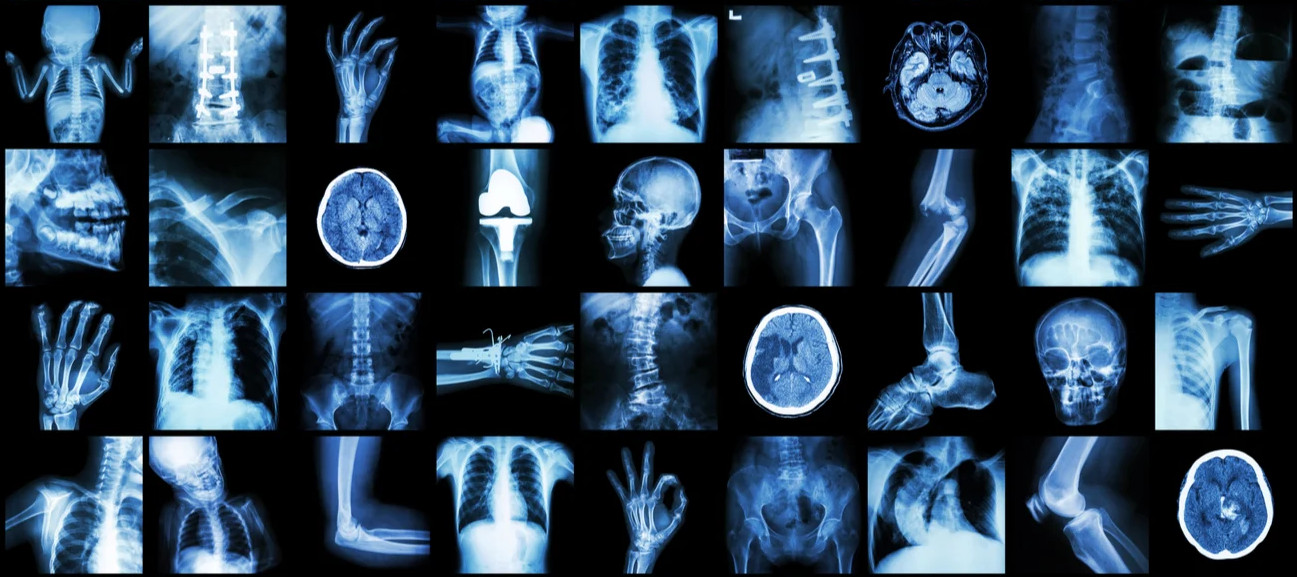How to register DICOM Study in an XDS network
As I am having conversations with many about the possibilities of creating health information exchange networks that make diagnostic imaging data available through XDS I learned that there is still confusion about what our XDS solutions do or don't do.
In this blog I’ll focus on the specific “diagnostic imaging study publications flows" that the Founda (formerly Philips/Forcare) XDS solutions provide "out-of-the-box".
Diagnostic Imaging Study Publication is the first step required in an IHE XDS-based image exchange network. It leads to one or more diagnostic imaging procedures being registered to a XDS registry such that other participants can query and retrieve both diagnostic images and reports at a later time.
I will distinguish between manual and automated publication flows. Which flow you need entirely depends on the health information exchange use-cases and needs you have.
Manual Publication Flows
DICOM Push
Since the early days of our XDS solutions it has been possible to register a radiology study (or any other diagnostic (DICOM) imaging study) manually by a simple “DICOM push” from a PACS workstation. While the study is being received the DICOM header is read from the incoming images to create and register a XDS-I document (basically a DICOM KOS). The XDS-I document only stores information that is needed to, at a later moment, retrieve the full study from PACS when so requested.
Image Upload
About 10 years or so ago customers expressed the need to allow out-of-network participants (e.g. referring doctors) to send diagnostic imaging studies via XDS. Given the low "sharing volume" of such referrers the XDS solutions were extended with the ability to upload the content of a "DICOM CD". This functionality, referred to as “ Image Upload”, allows an external user to read and upload images from an old fashioned CD/DVD, a network location, or (disk)drive. In addition to uploading DICOM image files, external users also have the option to manually upload radiology reports in PDF, HL7 CDA or plain text format.
Automatic Publication Flows
As the popularity and usage of XDS grew it became clear that manual publication of DICOM studies wasn’t useful in high volume sharing use-cases. Instead of manual publication various solutions were built to support automated registration of diagnostic imaging procedures
DICOM forward
Some PACS have the ability to configure "routing rules" such that studies are automatically pushed to an external destination when certain events happen. Such routing often was developed to move studies to an external archive. However, in a similar way a routing rule can be used to forward all new studies to our XDS solution resulting in automatic registration of all studies.
HL7 triggered (Instance Availability Notification)
One of the “downsides” of the abovementioned routing rule is that it may happen that a study is published too early, or too often. Certainly in cases where the study content is modified after initial acquisition, republication is needed to "overwrite" previous publications. Since each republication is a burden to available network and server resources the "HL7 triggered publication flow" was created. Others would call this a "notified pull" these days.
The concept is easy. An HL7 message (event) trigger is used to issue a (targeted) DICOM C-FIND to a PACS. Upon receiving the C-FIND response XDS-I documents are created for each C-FIND response entry returned. This flow knows a few variations. When using an HL7 ORU message containing a preliminary or final (text) report both the report and the related DICOM study are registered. Alternatively an HL7 ORM message can be used that causes this flow to be triggered depending on the order status the ORM message carries.
The major benefit of the HL7 triggered publication flow is that no image data has to travel the network in order to register a diagnostic imaging procedure with a XDS registry. Only when a study is retrieved by a requesting actor is it fetched from PACS and sent to a destination.
Summary
Which of the above publication flows fits best to a use-case very much depends on the sharing agreements between the Health Information Exchange participants. However, over time the HL7 triggered publication flows have proven themselves to be the most efficient ones causing the least burden to both (source) PACSes, network and server capacity.
Header Image source
Recent Posts
Author
Andries Hamster
Andries' expertise lies in the domain of "standards-based interoperability" to realize health information exchanges. Throughout his career he has been exposed to many interoperability standards such as DICOM, HL7 and he has been involved with IHE from the start.





